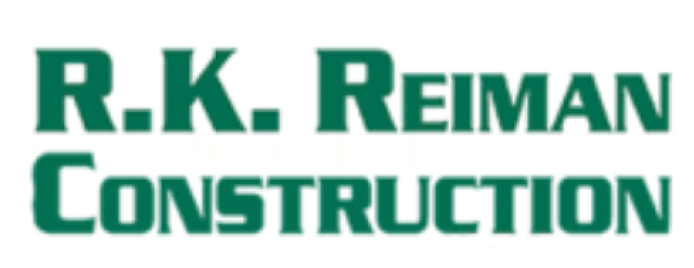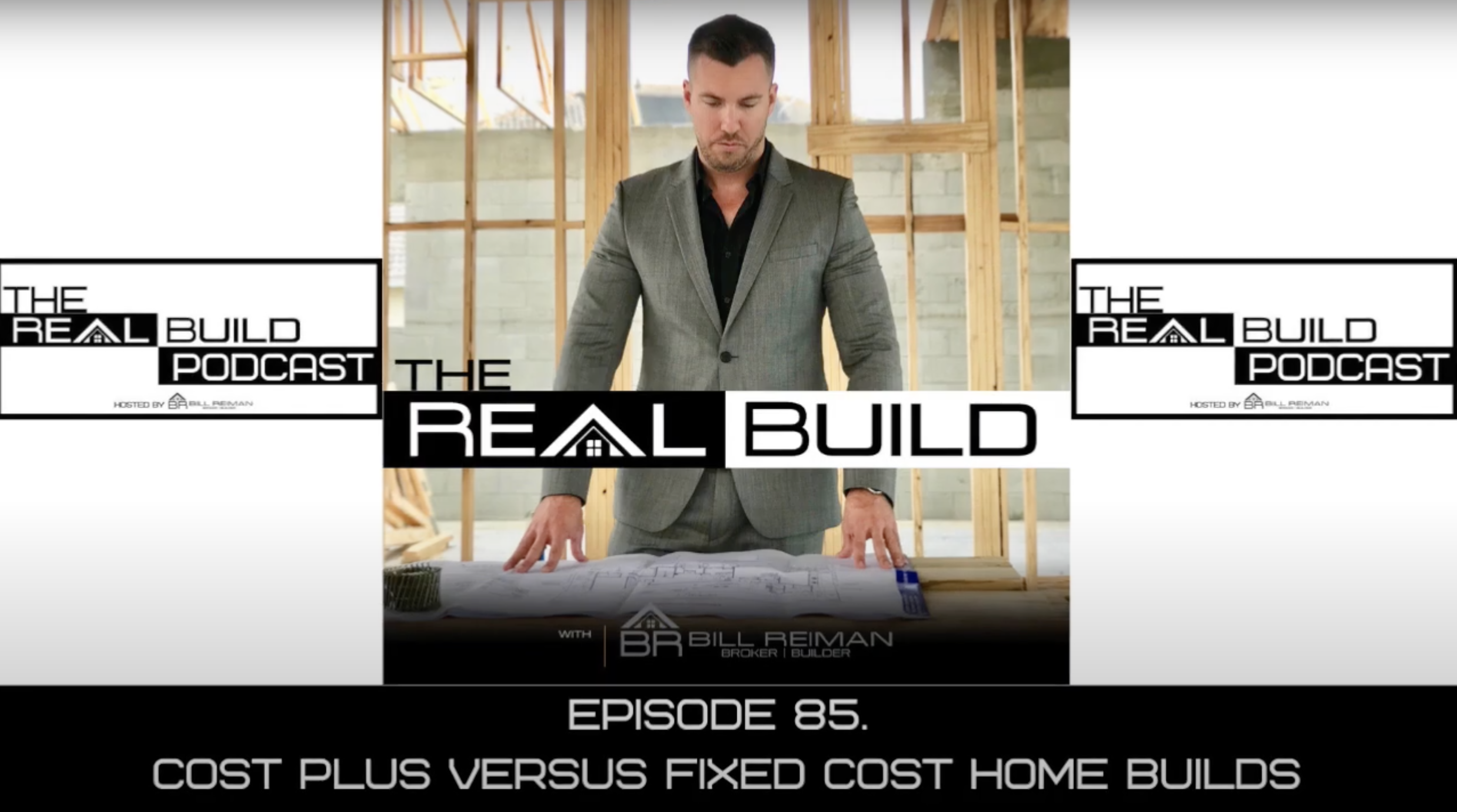In this episode of The Real Build, I wanted to hit on a topic that I face daily—fixed cost projects versus cost-plus projects. We, as custom builders, prefer cost plus. But there are many people that question it. I wanted to explain a few pros and cons to both cost-plus and fixed cost pricing.
What are they?
Cost Plus Contracts
the contractor estimates the base cost of the project. The base cost includes the price of materials, labor, and overhead. The “plus” is the profit. In a cost-plus contract, the profit is calculated separately before construction and written into the contract as an additional fee.
Fixed Price Contracts
A fixed-price contract establishes a single lump sum cost for a construction project upfront. This type of contract is an agreement to complete a project at a set price that includes all costs and profits.
Pros of Cost plus:
The biggest advantage is more transparency of costs and fees;
there really is no inflation of costs.
More decisions can be made by clients during the building process. This allows for more input into the build process and purchases.
The contractor has less incentive to save money and cut project costs, and there are far fewer quality control risks related to materials and labor.
With a fixed cost contract, many contractors aim to keep the material costs as low as possible in order to make a profit on the work done.
Peoples Fears:
Cost-plus pricing is a pricing strategy that generally doesn’t establish a price before the construction starts.
Another drawback of cost-plus pricing is that there’s no incentive for the contractors to control or monitor building costs.
Positives of Fixed Cost
Fixed price pricing gives both the client and contractor a predictable cost of the construction project before it starts
The builder is looking to keep overall costs low with this method since he or she has also committed to a specific price. This can often translate into better costs for the client in addition to a smoother build process.
Downside
The estimated cost for the construction project is only perceived, and what if a greater contingency occurs? For contractors, if actual costs exceed estimated costs, they may take a huge financial hit.
A bad contractor might be tempted to spend as little as possible in order to make more profit. Contractors are rewarded and earn profit by keeping the cost of the construction project down.
Host Info
Email: [email protected]
CONNECT WITH ME ON SOCIAL MEDIA:
▶︎ YOUTUBE | https://www.youtube.com/channel/UCxAd…
▶︎ INSTAGRAM | https://www.instagram.com/imbillreiman
▶︎FACEBOOK| https://www.facebook.com/billy.reiman
▶︎ LINKEDIN | https://www.linkedin.com/in/bill-reim…
▶︎ TWITTER | https://twitter.com/ImBillReiman
▶︎ WEBSITE | https://www.rkreiman.com

